
Creative Escape in the Pays de Caux – Part I
 3 min
3 min
Creative Escape in the Pays de Caux – Part I
The Tough Guy with the Tender Heart
What strikes you here, with every dry, hard pedal stroke, are the embankments. The Pays de Caux is anything but flat. This part of Normandy is hilly, the paths winding and twisting, with the wind constantly swirling. In summer, there’s a constant breeze, while the other three seasons are rainy, wet, or very rainy. The landscape is green, caught between the rain-laden skies and the spray from the English Channel.
To love and explore the Pays de Caux, you must embrace water, air, and damp breezes. Around here, we call it drizzle.
It’s a place of sea and land. Even on the beach, you’ll find earth, rock, and stone. Walk along the shore in Dieppe or Fécamp, and you’ll hear the soundtrack of escape. Pebbles roll, slide, clash, and tap! It’s the melody of water meeting stone.
Those who create are inspired here. Many artists have braved the elements. As soon as they mastered the art of working iron with fire, they boarded steam engines bound for the Cauchois cliffs and beaches. Tchou, tchou! Parisian locomotives were the first to set out, filled with artists hungry for inspiration in villages where tradition lies at the heart of Cauchois life.
Cheeses here taste like nowhere else. They live, they shine, always in creation. Our apples punctuate our culinary rituals—apples to chew, to drink, to freeze. Ciders coat the unique character of our farmhouse Camembert. Here, vegetable gardens become nurturing creations, inspiring artists and writers for centuries—music, writing, painting.
The Impressionists made the Pays de Caux known around the world. Braque, Monet, Manet, Satie—they changed minds and lifestyles. Their philosophy spread like the Seine’s waters, nourishing the land from its source to its estuary, between Honfleur and Le Havre.
One day, a woman named Marianne met one of the greatest musicians of all time. Right in the heart of the Cauchois paradise, she discovered a haven of peace, steeped in Indian culture. This was the start of a story, and without this story, I wouldn’t be here—amid the fields and vegetable gardens, just steps from the cliffs where I was born.
Marianne, where am I? Tell me a tale...









 English
English
 Français
Français
 Deutsch
Deutsch
 Italiano
Italiano
 Español
Español

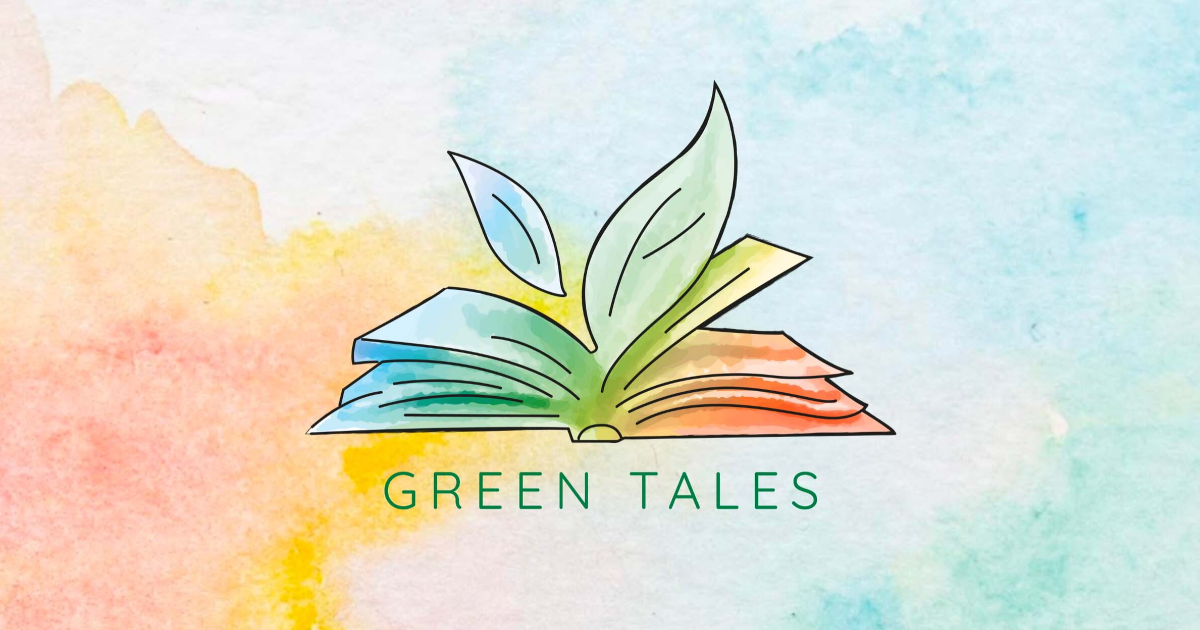

 Beitragen
Beitragen






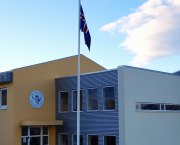
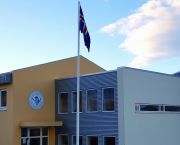
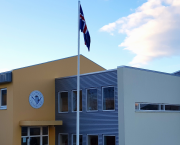
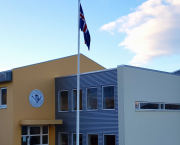
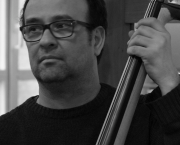
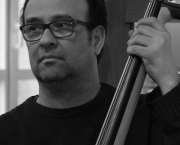
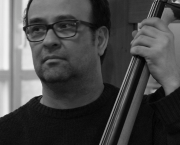

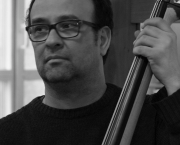
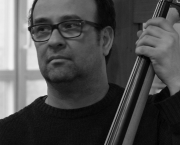




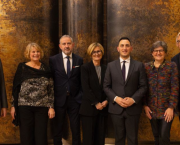
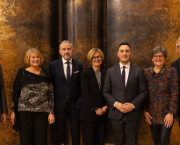








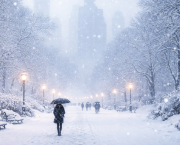
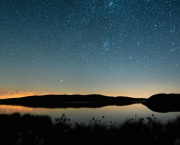


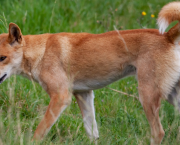
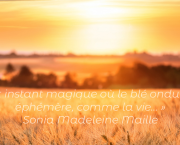
 Du kannst deine Lieblingsautoren unterstützen
Du kannst deine Lieblingsautoren unterstützen





